Adelie Penguin Facts
- This fabulous product of Nature and evolution remains best known by the its short yet informative common name of Adelie Penguin. For the moment, the natural marvel has no other broadly accepted general title. Though not unknown, that’s slightly uncommon.
- Within the scientific community, however, the animal’s perhaps markedly better known by its purely technical designation. Unfortunately, though, that’s an extremely difficult one for the layperson to pronounce. That’s because it holds the official title Pygoscelis adeliae.
- The gorgeous creature received that title due to the combined efforts of two men. The French naturalist Jacques Bernard Hombron and the French zoologist Honoré Jacquinot recorded the first recognition of it as a separate and distinct species. He achieved this feat in 1841.
- This wonder of the flightless world earns distinction for several reasons. Among those stands the fact that it ranks as the most widespread of all known penguins. Yet, it’s also the most southerly distributed of its brethren. It’s named after Adelie Land, a French territory.
- Fortunately, the remarkable Adelie Penguin appears to be maintaining a population base that’s both stable and sufficient. That pleasant state of affairs further seems to hold true across its entire range. The IUCN thus now lists the avian as Least Concern on its published Red List.
- It nevertheless still faces several potential threats to its continued existence as a species, at least. In this, it faces the same dangers as all species on earth today. Most of these stem from the actions of mankind, and include habitat loss and the peril of ongoing climate change.
Related Articles
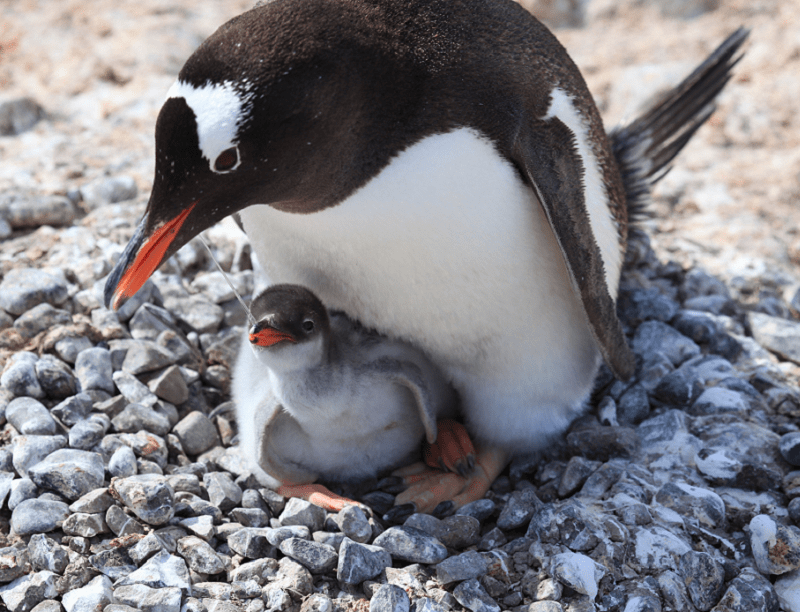
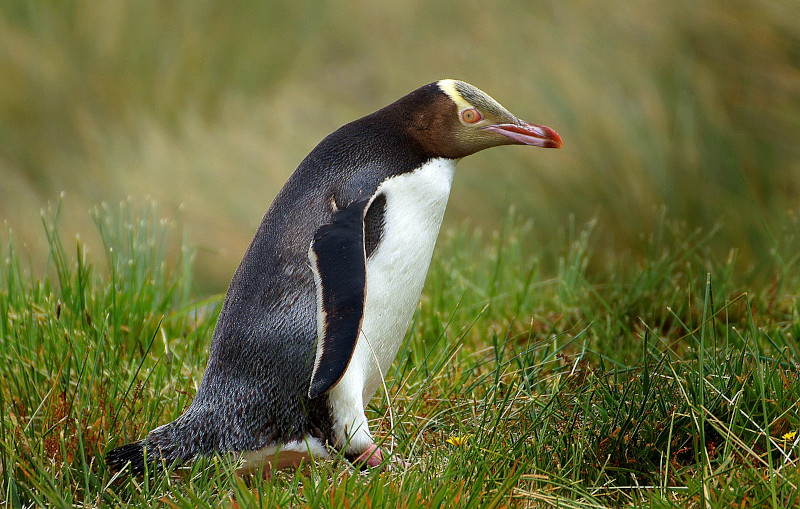
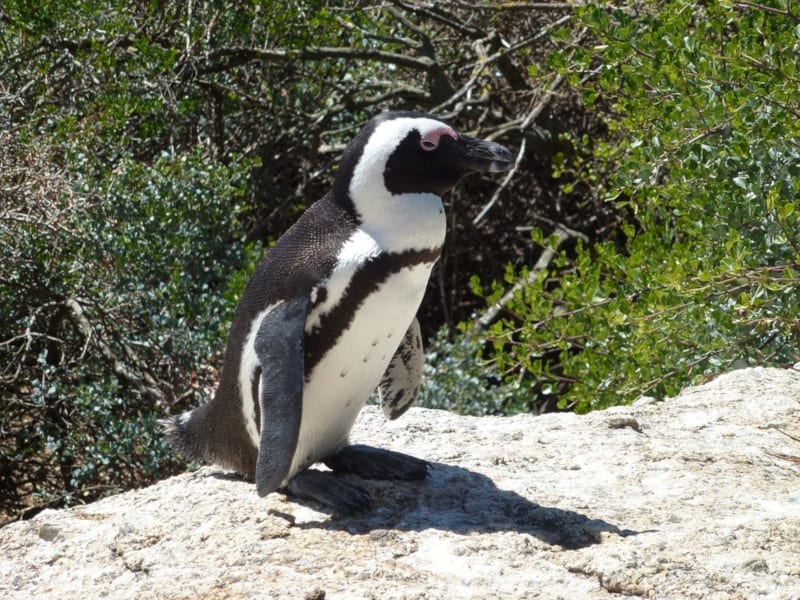
Adelie Penguin Physical Description
The beautiful Adelie Penguin certainly captures the attention of those individuals fortunate enough to encounter the wonder of Nature. Yet, this typically occurs due to its appearance more than pure size. That’s true since this wonder ranks as one of the smallest of all currently known penguins.
In this specific regard, the amazing creature also follows the same pattern typical to its many kindred around the world. That’s in the fact that it displays a certain degree of the physiological characteristic of sexual dimorphism. This trait mainly manifests itself in two very distinct ways.
In terms of its height, both genders of the species attain the same approximate range, though this does vary significantly among individuals. Fully mature specimens average anywhere from 18 – 28 in (46 – 71 cm) tall. Though exceptional individuals occur, they rarely exceed this by very much.
Body mass, however, represents one of the areas in which the sexes distinguish themselves. Taken overall, the species ranges from between 6.6 – 13.2 lb (3 – 6 kg) in mass. The females, though, tend to be on the lower end of this range, while the males tend to appear on the higher end of it.
Both sexes of the Adelie Penguin, though, present the same basic color pattern. This comprises a visually striking appearance, largely composed of a black head and back, and a white belly. It also has distinctive white rings surrounding its eyes, which contrast sharply against the black head.
The beak, meanwhile, developed as comparatively straight in shape, orange, and with a hook at the end. It’s here where the females distinguishes herself again, having a shorter beak on average. The amazing animal also evolved fully webbed feet, with extremely sharp claws located at the ends.
Though flightless, the remarkable bird does possess wings, the feathers of which eveloved as extremely densely packed to provide strong protection against the cold. Being also waterproof, these structures serve to work like flippers, and it uses them for swimming, as opposed to flying.
- Kingdom: Animalia
- Phylum: Chordata
- Class: Aves
- Order: Sphenisciformes
- Family: Sphensicidae
- Genus: Pygoscelis
- Species: P. adeliae
Adelie Penguin Distribution, Habitat, and Ecology
The fascinating Adelie Penguin evolved as native to a comparatively large swathe of the earths surface for a penguin. The location of that zone of habitation won’t surprise many of you, though, given its nature. That’s because the stunning animal developed as endemic to Antarctica.
Impressively, it holds a circumpolar distribution, thus being found around the entirety of the continent. The marvelous product of evolution’s also present on a multitude of the surrounding islands. These include the South Orkneys, South Shetlands, and Scott Island, among many others.
Within this territory, however, the amazing bird displays a surprising versatility regarding its choice of habitat. It’s thus found in various types of terrain, from rocky coastlines to ice-free islands. Yet, certain key requirements remain that each of these locations must have to meet its approval.
Though not completely ice-dependent like some other Antarctic species, they do rely on sea ice as a platform for their foraging, resting, and molting. The presence of this is therefore a necessity. While individuals spend much of their time on land, they also require easy access to open water.
Like all its relatives, the Adelie Penguin feeds entirely as a carnivore. It mainly consumes krill, fish, and squid. Its also an expert hunter, using its streamlined body and flipper-like wings to navigate underwater and catch prey. It also often forages in large groups, cooperatively herding prey.
This particular variety of penguin evolved a highly synchronized breeding cycle. It typically breeds in large colonies, where individuals form monogamous pairs and raise their chicks together. That’s why breeding colonies become established in areas with easy access to the ocean for foraging.
In turn, the beautiful animal sadly faces its own share of natural predators. From the air, these threats include such species as skuas and south polar skuas. Numerous aquatic predators, including powerful leopard seals and killer whales also pose serious theats to the enthralling animal.
Species Sharing Its Range
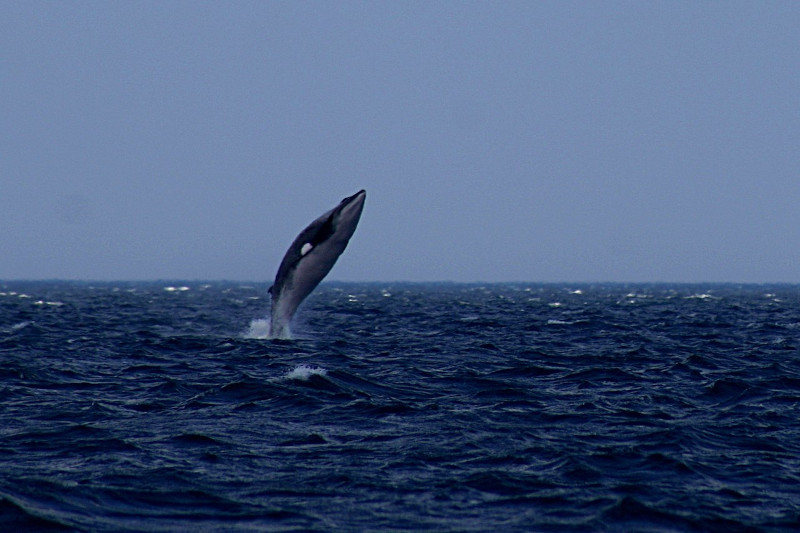
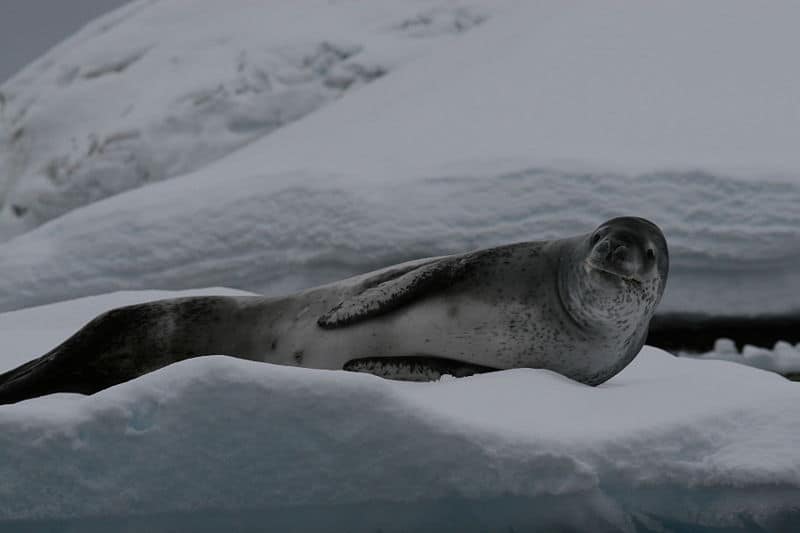
Leopard Seal
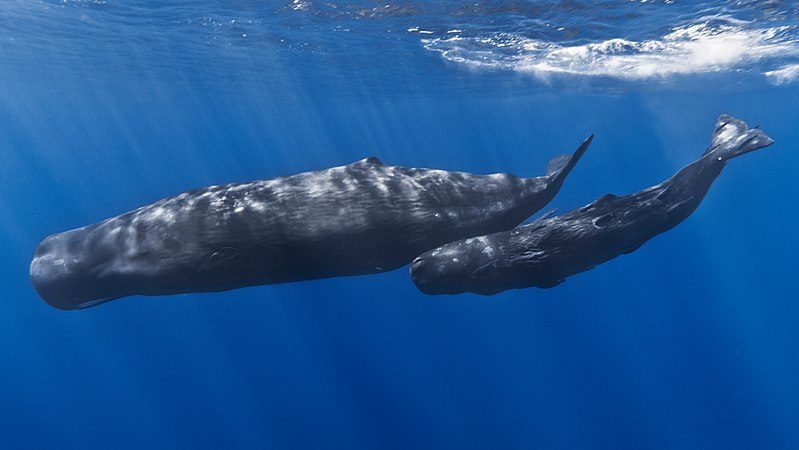
Check out our other articles on Earth’s Many Stunning Waterfalls, Texas Horned Lizard, Red Beach, Fingered Citron, Blanket Octopus, Iridescent Bark Mantis, Caracal, Purple Frog
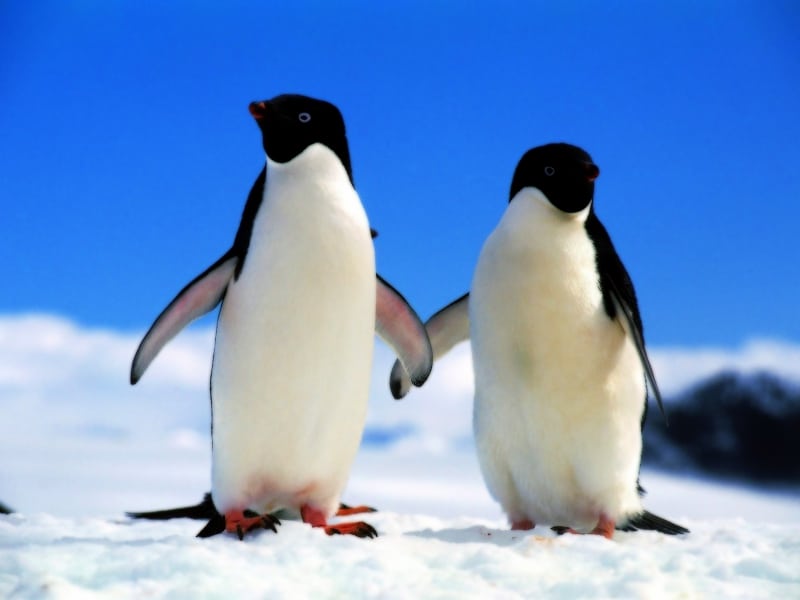
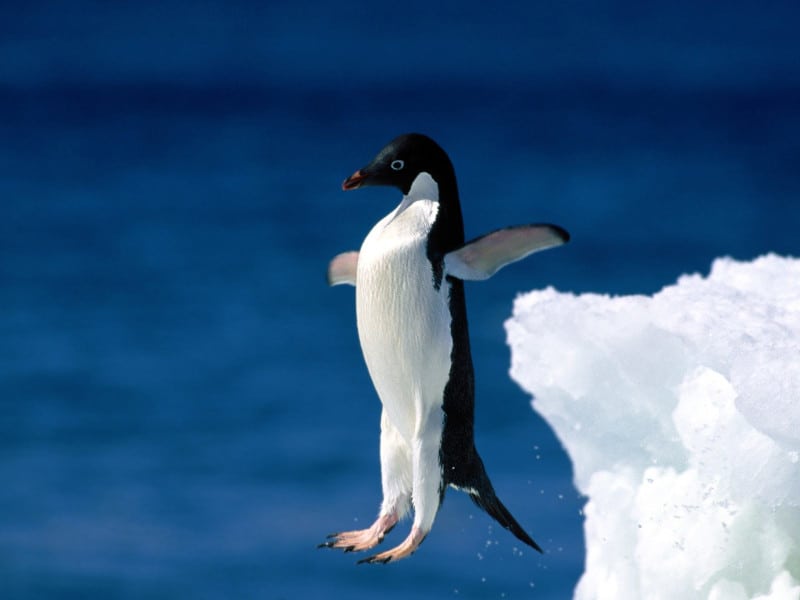
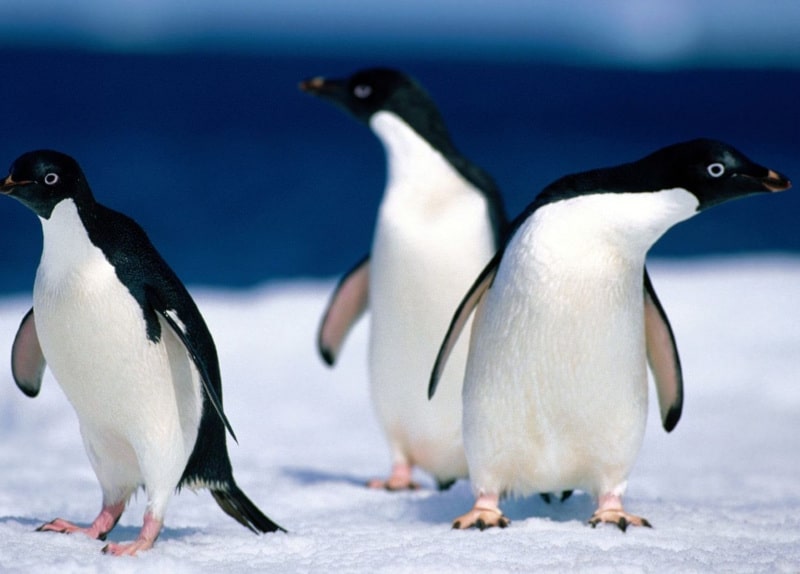









Leave a Reply